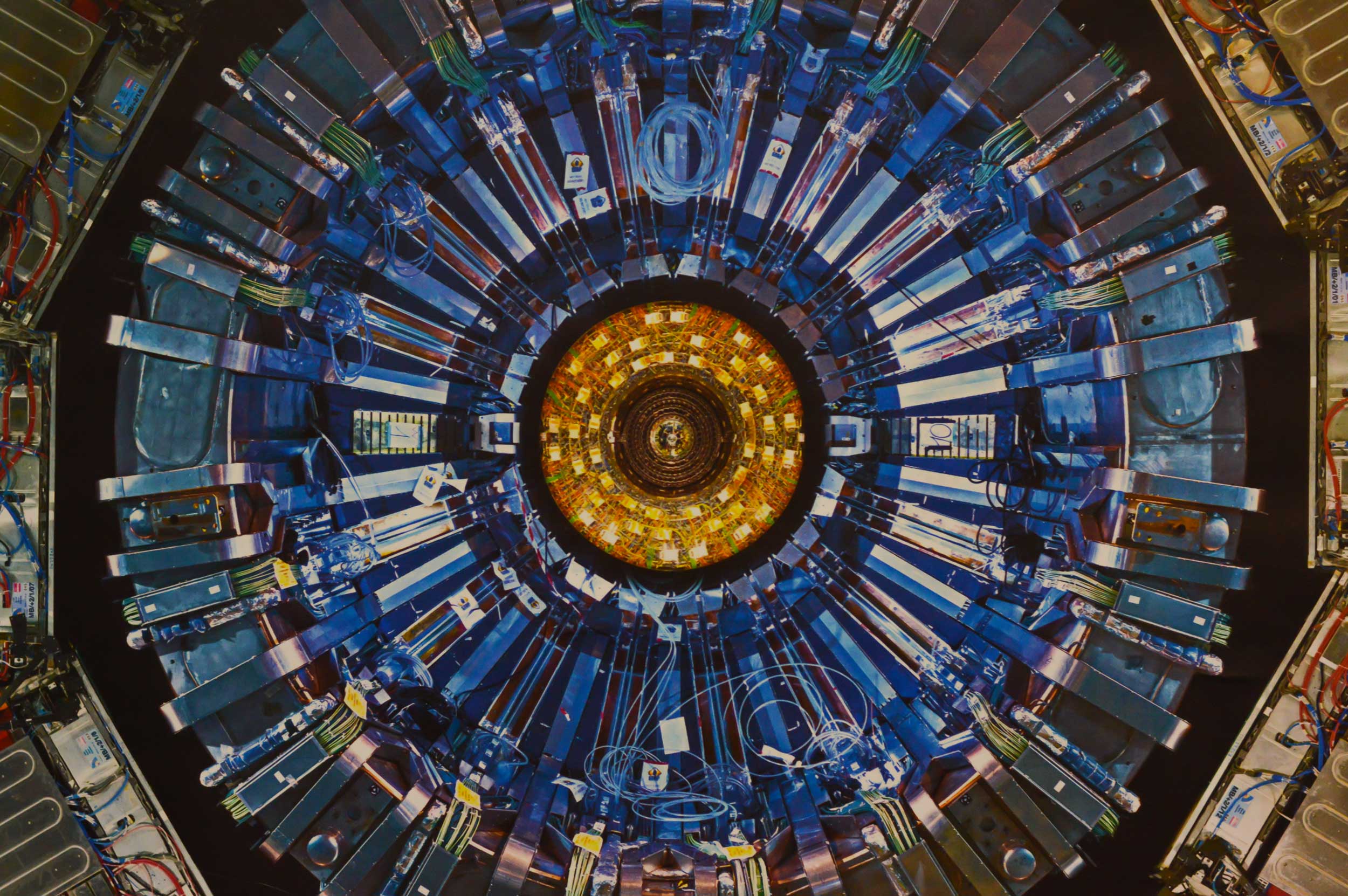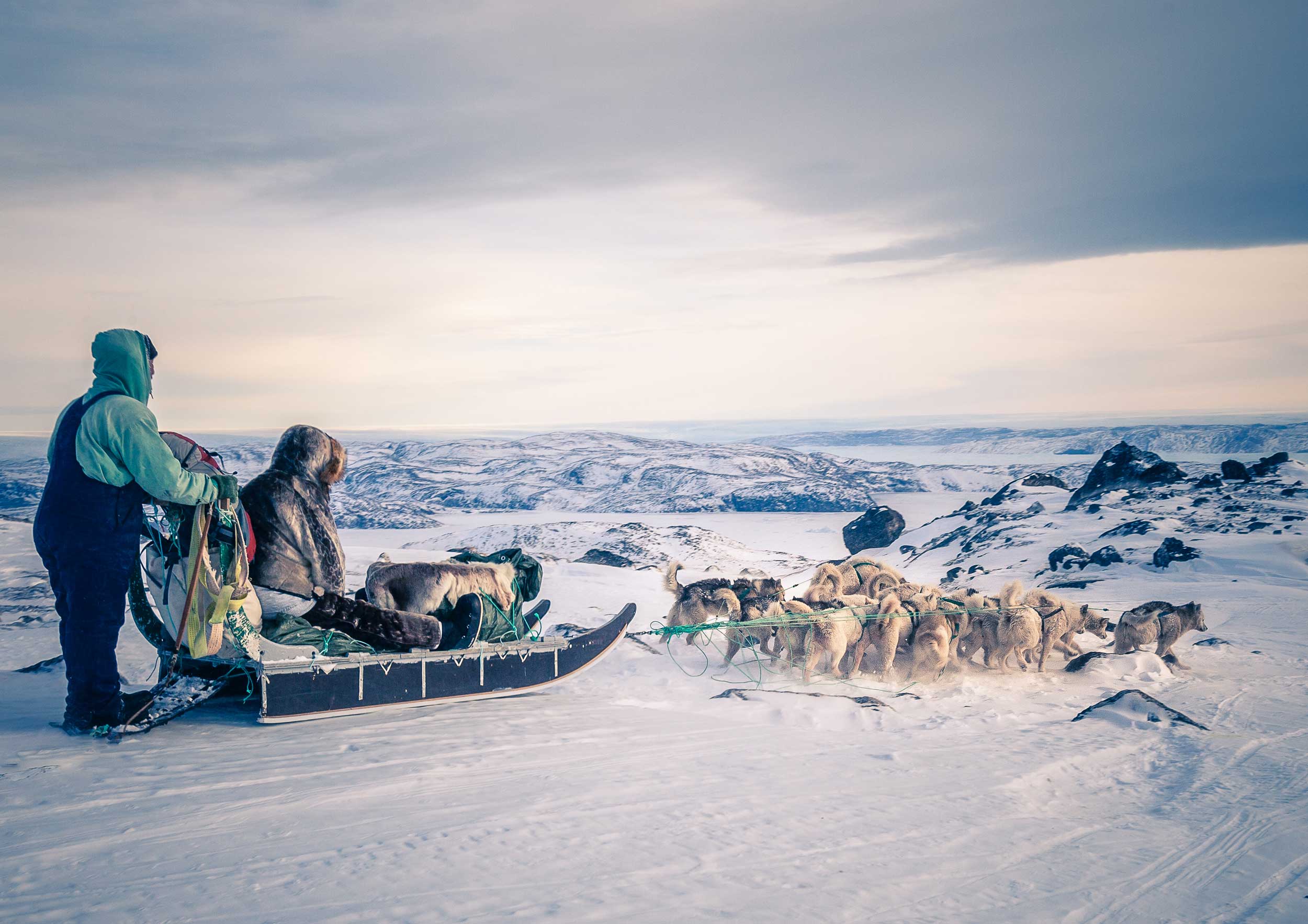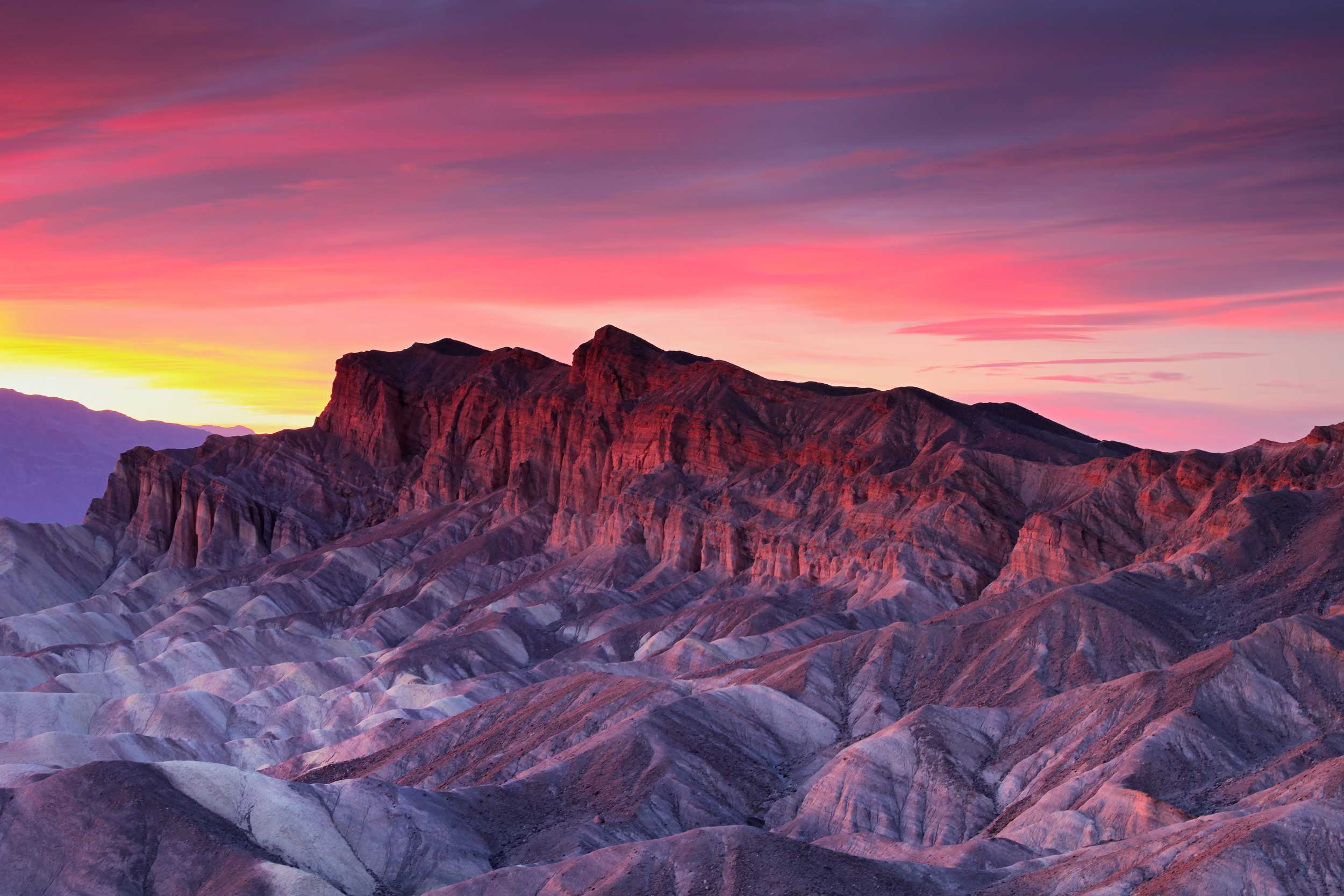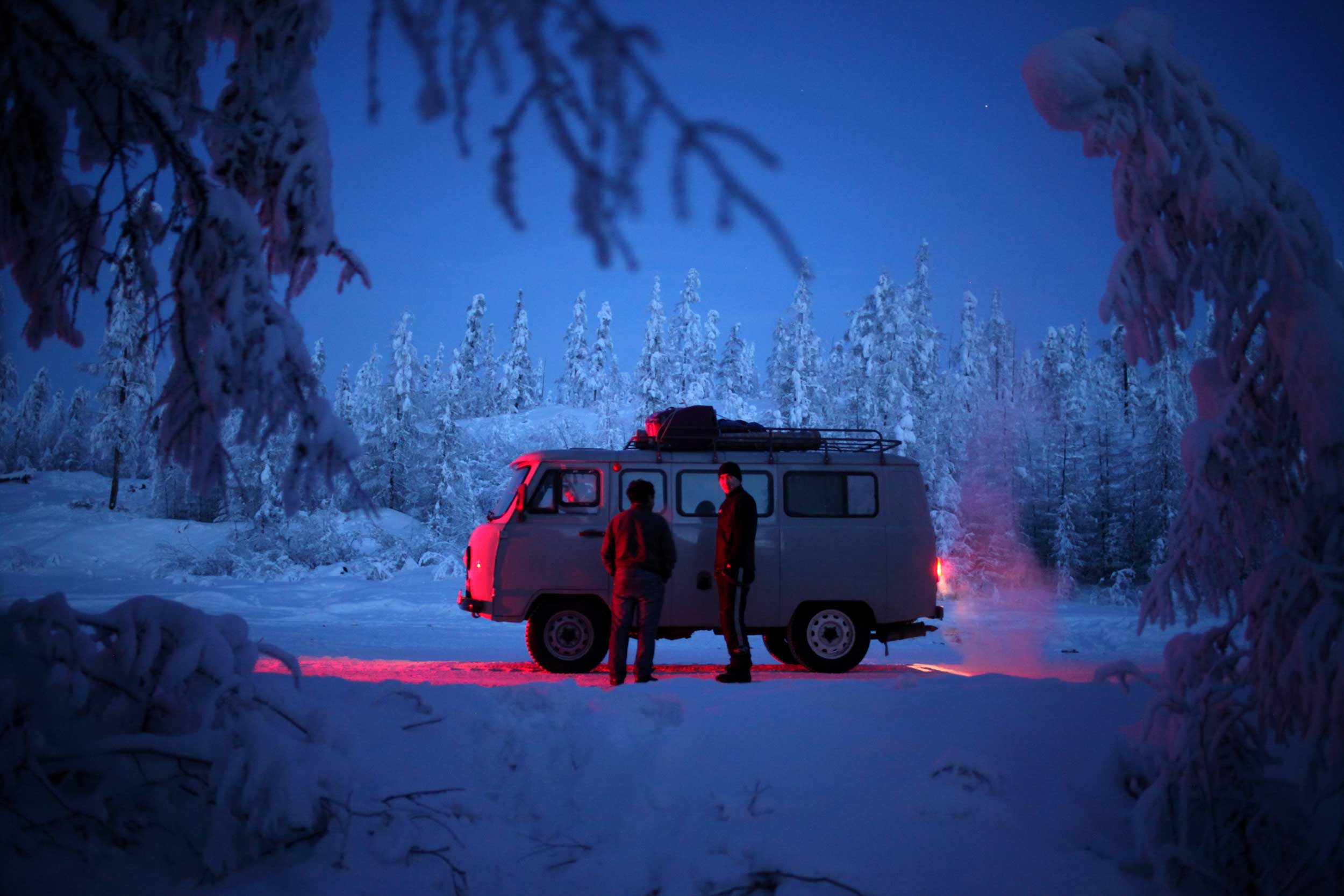
Translating to ‘Emptiness Desert’, Dasht-e-Lut lives up to its name. The desert is 51,800 square kilometres of salt flats, plateaus of dark lava, and sand dunes up to 300 metres high. It’s so desolate and devoid of life, there aren’t even permanent temperature monitors here. However, it has been recorded as reaching readings of up to 70 degrees Celsius.

This National Park in south-central Alaska is home to the tallest mountain in North America, from which the park gets its name. The mountain is so tall at 6190 metres that it has its own weather system, along with more than 600 earthquakes a year thanks to the fault line running below. Temperatures here have fallen as low as -73 degrees Celsius.

Insert obligatory ‘freezing over’ joke here: on average, this small village of 1500 people is frosty for a third of the year. Despite this, it does quite well in tourism — and surprisingly, the name wasn’t a marketing ploy. It stems from the Old Norse hellir, meaning ‘overhang’ or ‘cliff cave’, while in modern Norwegian it means ‘luck’. In winter, temperatures sit around -13 degrees Celsius, but have been known to drop to -25.

The Yukon is known for outdoor pursuits such as dog-sledding, canoeing, salmon fishing and viewing the Northern Lights. On the other hand, it also gets so cold here that metal can freeze and snap. The territory’s record low occurred when a chill from Siberia blew in, causing a drop at Snag to −63 degrees Celsius. Reportedly, the cold, dense air allowed sound to travel clearly kilometres away.

In 2012, scientists obliterated the previous record for the hottest man-made temperature. It previously sat at 4 trillion degrees Celsius, but when researchers recreated the conditions of the Big Bang within CERN’s Large Hadron Collider, they momentarily created a temperature of 5.5 trillion degrees. To put that into perspective, the centre of the sun tops out at a paltry 15 million.

In 1952, the British North Greenland Expedition was sent to the barren ice of Greenland for scientific exploration and training in an Arctic environment. Over 2 years, more than 30 men travelled there — including one who didn’t make it home. Known as the fifth-coldest place in the world, the explorers braved it through 16 days straight at temperatures ranging from -59.4 degrees Celsius to a low of -66.1.

In spite of its name, this National Park supports an abundance of life across its 3000 square kilometres. Death Valley’s wildlife includes red-tailed hawks, wild burros, the highly-poisonous sidewinder rattlesnake and over 1000 plant species. Native American Indians settled here more than 9000 years ago, but today the park’s 250 locals mostly work as rangers or in the local resort. During a 5-day heat wave in 1913, temperatures maxed out at 56 degrees Celsius.

This frosty village in a remote corner of Siberia is the coldest inhabited place on Earth. Its 500 residents work as reindeer-breeders, hunters and ice-fishermen — so a hearty meal here could include reindeer meat, raw flesh shaved from frozen fish and ice tubes of horse blood with macaroni. In 1924, the village recorded a low of -71.2 degrees Celsius. However, in summer, bones are warmed when temperatures hit a much more civilised 30 degrees.
